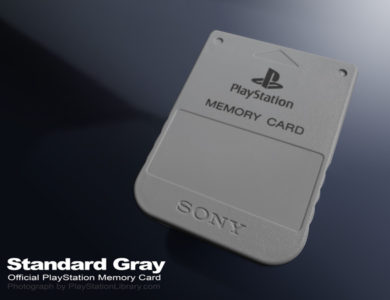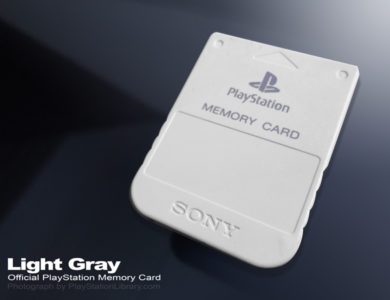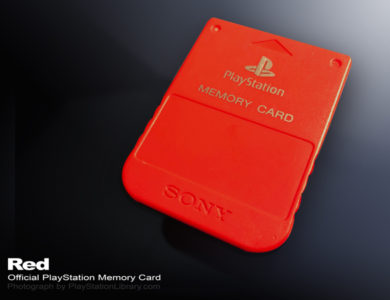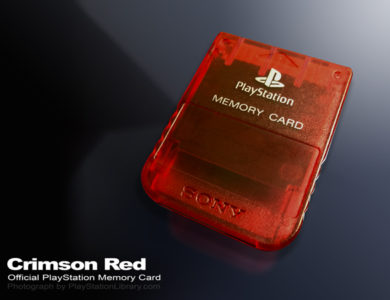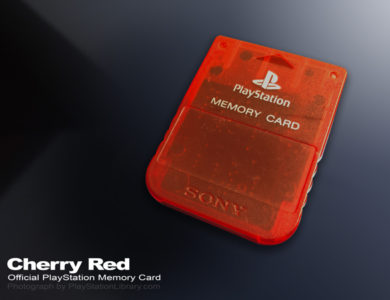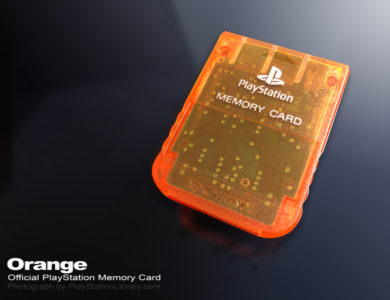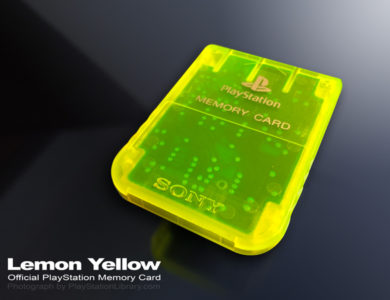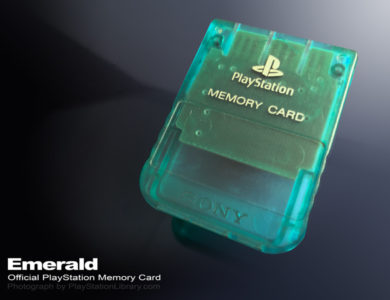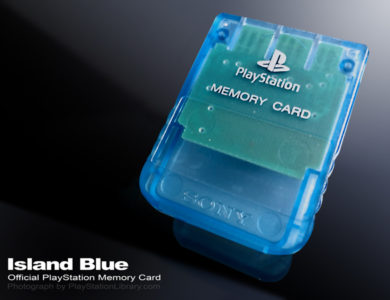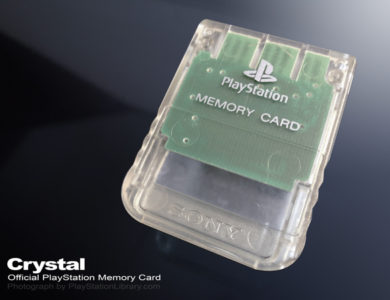
This page was easily and heavily inspired by Good Vibe Collecting’s video discussing the colors.
Discussion.
While not the first game system to welcome a memory card format (Neo Geo gets that nod), the PlayStation is easily the most synonymous with it. When the system launched, a questionable and somewhat forced extra purchase gave way to an entirely new side of the industry and hobby. It sold for $24.99 and came carded like an action figure.
The original memory card uses a ‘block’ system as its measure of units, rather than typical space taken up within the memory itself. The default save space for a PlayStation game was 1 Block. It wasn’t unheard of for games to use the entire 15 blocks on the card, but that could bounce between 15 unique saves or just one giant monster of a file. Sports games and role-playing games were often the hungriest of genres.
In real terms, each memory card only held 128kB (1Mbit) of memory. Once one or two cards were plugged into the system, you could access a screen to manage them. Memory card icons could have up to 3 frames of animation and a small text blurb at the bottom.
Fun With Blocks
Companies had a lot of fun with them. In some games, the icon changes based on what’s been going on in the game, while others change the message it displayed. Some games could even read other games save files to provide supplemental content while playing. The most infamous of these would be Psycho Mantis’ boss battle in Metal Gear Solid. He would comment on other Konami games you have played.
Other games could carry a save forward into the sequel, like Arc the Lad. EA Sports even got in on the fun allowing NCAA players the chance to graduate their college seniors into that year’s Madden draft.
Probably the biggest impact the cards had on the fandom was building a community. Folks would have spare memory cards they would mail to each other to trade saves. Interact Accessories created the Dex Drive which allowed users to back up saves to a PC, and then email them to each other. Folks could download more codes from GameShark.com.
In the modern world, the easiest way to back up saves is using a PS3 Memory Card adapter and OrionSoft’s software – super easy and convenient. If you’re still rocking a PS2 and PS3, you can create virtual cards on the PS3 and transfer saves to PS2 memory cards.
Variants Galore
In America, there were 12 total colors released.
Standard Gray was the original released alongside the big gray PlayStation. Light Gray was the new standard tied to the coloring scheme of the smaller PSone.
The rest of the colors were released throughout the system’s lifetime. For folks trying to go for a complete US set, there are two things you should know. In online pictures, the Light Gray memory card can look a lot like the White version based on the lighting and flash. Second, the Cherry Red and Crimson Red can be unnervingly close to each other. The easiest way to tell is to look at the motherboard.
The Cherry Red will have a full-sized motherboard, that goes all the way to the bottom of the shell. The Crimson Red’s board is shorter and you can see a gap before the Sony logo.






